It’s a global phenomenon, the fashionable sport that exploded in the midst of a pandemic and monopolizes social networks. Where is he from ? How to play? What do you need to start? The professionals explain it to you.
Paddle here, paddle there, paddle this, paddle that. Suddenly, everyone is talking about paddle tennis and you, who spends your time flying, maybe thinking about what, you have isolated yourself in the corner of those who have no idea what it is the famous paddle tennis.
While you continue to go to the bar, alone, accompanied by your faithful scop, the group of traitors you called “friends” have chosen to change the glasses for rackets: now they gather religiously to play paddle tennis. And as if that weren’t enough, lately you have to see how your colleagues are rising in notoriety with the boss, because guess what they all like to play… and together!
“If you can’t beat them, join them,” the saying goes, and as much as your pride holds you by the ankles, begging you not to fall, well: it seems like it’s time to shake off your fears. What about this sport that has suddenly become so appealing to so many people? Here are three reasons.
1. Padel is played by two
Two people in each half court. If you think about it, the president of the Chilean Padel Federation (FEPACHI), Fabián Parolin, is not wrong when he says that “any activity that brings together four people is a social gathering”. It looks fun.
2. Padel can be played by anyone
“Unlike other sports, paddle tennis can be practiced by anyone, without experience and without distinction of gender. It is played a lot in a mixed way”, explains Patricio Durruty, certified paddle tennis teacher and trainer of players, with courses in the clubs Chile Padel Academy, Red Padel and Rinconada. In fact, the demand for learning to play is such that Durruty gave up his career as a civil engineer to devote himself entirely to teaching this sport .
3. Padel is an exercise (but not so tiring)
Parolin and Durruty agree that paddle tennis does not require “as much physical resistance” and that the physiognomy of people -whatever it is- is not a “limitation” to practice it. Be careful, this does not mean that you should not have your receipts, especially if you have come from an intense sedentary lifestyle since the pandemic.
4. Padel is very easy to understand
Plus, it’s easy to play. The rules are similar to those of tennis: we use rackets, called racquets or racquets, we play with a ball —a little different from tennis—, we have to pass it from one side to the other in a single stroke and the objective is not to bounce twice on the ground of your half. Otherwise, the point belongs to the opponent.
There are more rules, of course. Some that also resemble those of tennis and others that offer fundamental variations. The most important of these is that the walls that surround the court, usually made of transparent acrylic, can be used to bounce the ball, which opens up a whole world of play that does not exist in tennis.
In the following video, you have the proof. The play is performed by a “King Arthur”, who is not Vidal but Coello, a 20-year-old Spaniard who this season has become the youngest player to win a World Padel Tour tournament.
Ingenuity, skill and lots of cheers. It sounds entertaining and the president of FEPACHI agrees: “The first time you play, you already have a good time.
another story
Paddle tennis is a young sport, especially compared to more traditional sports, such as football or tennis itself, which, when regulated, have been around for over one hundred and fifty years. But, the story has. And like many other stories, this one was born of chance and love.
Its creation is attributed to the Mexican millionaire Enrique Corcuera, in 1962. It is said that he was “in love” with the pediment he had in his luxurious residence in Acapulco de Juárez. The problem is that beside her and behind her there were no other walls to stop the ball’s momentum every time she dodged Corcuera’s shots. It then occurred to him to build three other walls, each three meters high, to close the circuit. With this, he built a court, the dimensions of which were 20×10 meters, and installed a tennis net in the center.
This is where the figure of Alfonso de Hohenlohe-Langenburg emerges, a European noble – son of a German prince and a Spanish aristocrat – who spent his time in Mexico promoting his luxury real estate investments and to visit his compadre Corcuera. In 1974 Alfonso quickly became fascinated with Corcuera’s game and decided to take him to Spain, but not before making some changes to the course and rules. The new game spread like hot cakes across Europe and then the world.
Boom and bust — and new boom — in Chile
Over the past two months, the national padel has received some good news. The first is that the Chilean women’s team has qualified for the world championship, which will take place in Qatar between October 31 and November 4.
The second is that in March 2023 Chile will host for the first time a date of the World Padel Tour, the international circuit that brings together the best players in the world. Among them Javier Valdés, the Chilean with the best ranking: he is in position 65.
A story that began in Chile at the end of the 1980s, when the Argentinian boom crossed the mountains into the hands of investors. “In Argentina, paddle tennis was crazy,” recalls Parolin. And part of that was experienced here in the following decade, when there was a first “splendour”: Chilean professional players began to emerge and mega events were held with paddle tennis as the protagonist. “A Panamerican took place and it was even played at Parque Arauco,” notes the president of FEPACHI, who at the time was competing at the professional level.
But the year 2000 has arrived, and what goes up must come down. South America absorbed the fall that paddle tennis had suffered in Argentina – according to Parolin, as a result of the economic crisis – and the clubs that had opened with such excitement began to close. “Paddle tennis has not disappeared, but it has ceased to be massive,” says Parolin.
Ten years later, the second wave arrived, with the opening of new courts in different parts of the country, but now supported by the brand new Padel Federation. “Today we are one of the five most recognized federations in the world, at an institutional level,” says Parolin.
But it is in the context of the pandemic that paddle tennis has become a global phenomenon. “When all collective activities were stopped, tennis and paddle tennis were the first activities that were activated,” explains Parolin. In a way, it has positioned itself as a “safe” sport, given its characteristics, since it only brings together four people on a field and there is no contact between them.
In Chile, it went from 100 courts in 2010 to 250 in 2019. Today, it is estimated that there are around a thousand. Parolin assumes there is an undeniable fashion factor. And, therefore, it is likely that in a few years the balloon will lose air. “But in paddle tennis there will remain the usual ones, those who really live from this activity”.
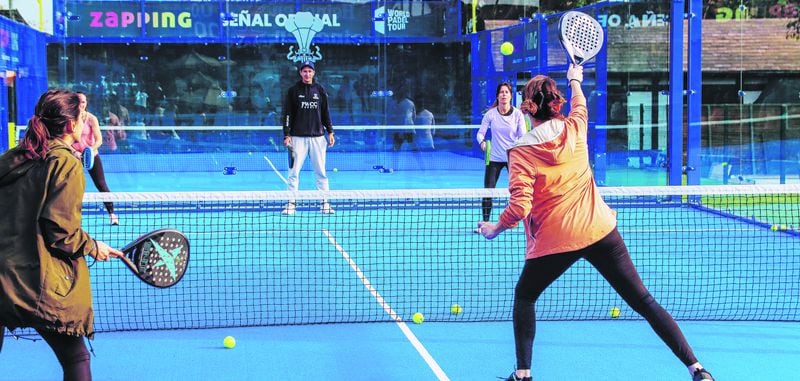
What it takes to play padel
1. Trowel or shovel
Let’s go back to what is necessary to practice this sport. The first thing is a pallet or “shovel”, as it is called in the official jargon. Although you don’t have to buy one, as clubs usually have them for rent, no one can take away the dream of having your own shovel.
In the past, they were made of wood and weighed around 500 grams. The problem, says Patricio Durruty, is that it caused “many tennis elbow injuries and other ailments, due to the material and the weight”. Today they are more “flexible” and incorporate materials that absorb the impact of the ball, such as carbon fibers, Kevlar or ethylene vinyl acetate (or EVA rubber), among others. In this way, her weight dropped to 300-400 grams.
Kounga Batu Carbon Pro padel racket
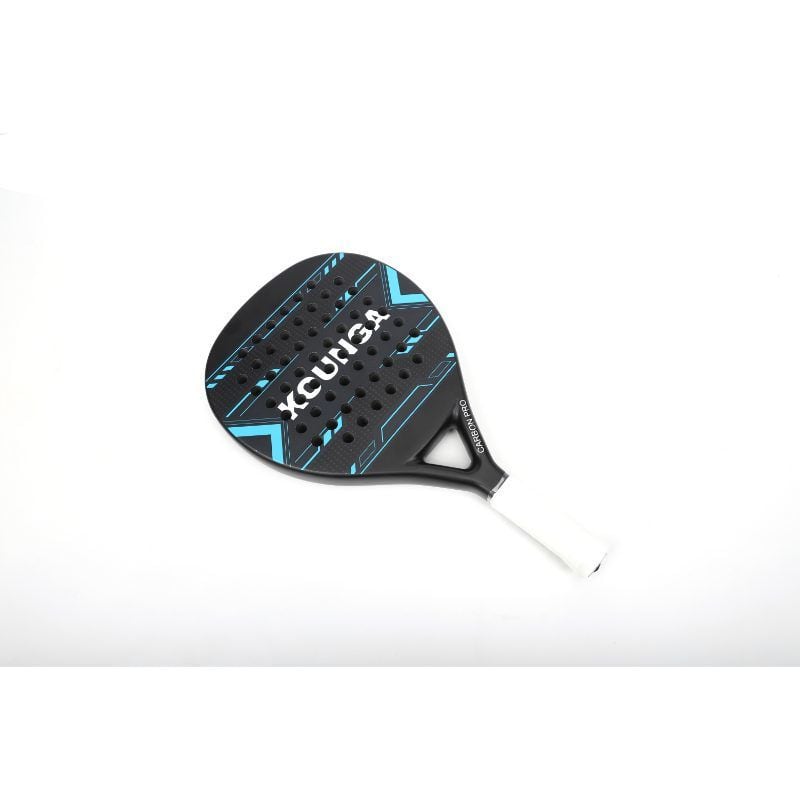
Although there are different types of rackets which, depending on their composition and shape, allow the player to opt for more control or power in their game, the most important thing to consider, for someone who is just starting out, is its weight. You have to think that as the game progresses, the shovel feels heavier and heavier due to fatigue and physical wear and tear. If the weight is not appropriate, it can mean a risk of injury, such as those mentioned by Durruty.
What is recommended, according to the professor, is that someone with less muscle power go for blades that weigh less than 360 grams. On the other hand, if “he is a tall, sturdy and very strong person”, it might be convenient for him to use one weighing 370 grams or more. The weight, as well as the manufacturing materials, can be found on the labeling of each product.
Racket Varlion Maxima Summum Prisma Radio
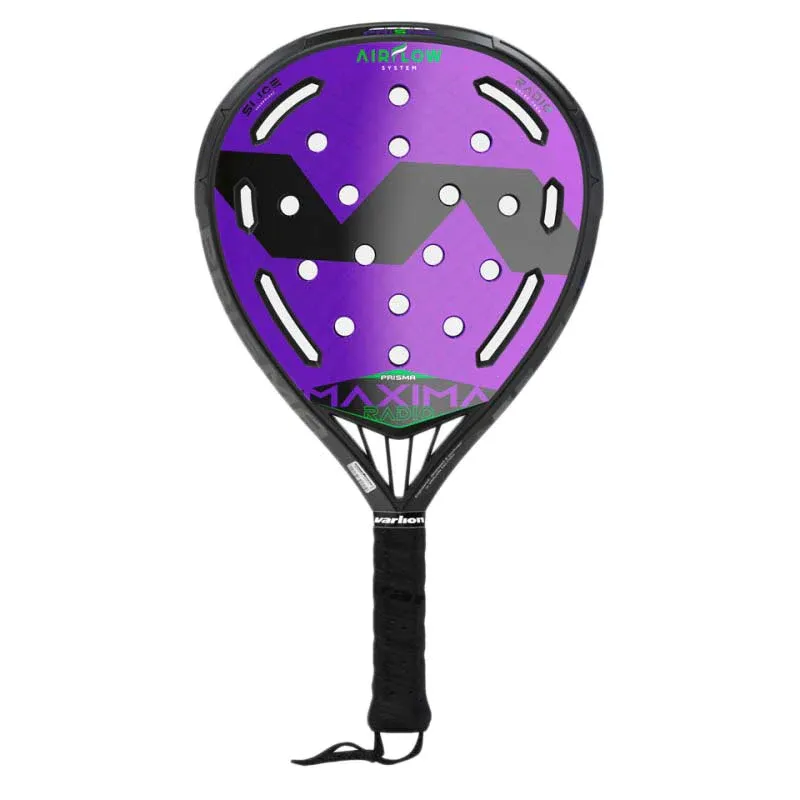
On the other hand, the range of blade values is wide. “It ranges from 50,000 to more than 500,000 pesos. But I don’t think price determines the right palette,” says Durruty. The average value, in any case, is between 100 and 200 thousand pesos.
Babolat Contact-Blue padel racket

2. Slippers
As for clothes, the most relevant and specific are shoes. Although there are still some cement courts, most are artificial grass and the idea is that the shoes you use give you a balance between stability – mainly at the ankle – and the ability to grip and of sliding. In addition to adequate cushioning for your weight.
Tennis shoes work, but in the market you can find those that are specially designed for playing paddle tennis, which is recommended if you are going to play with a certain frequency.
There are three varieties and the difference is in the sole. The tip type or clay They are the ones preferred by professionals, since they are made up of a series of reliefs and horizontal grooves, they allow a better glide on the court and, with it, a better position for the most difficult balls.
Asics Gel Dedicate 7 Clay women’s padel shoe
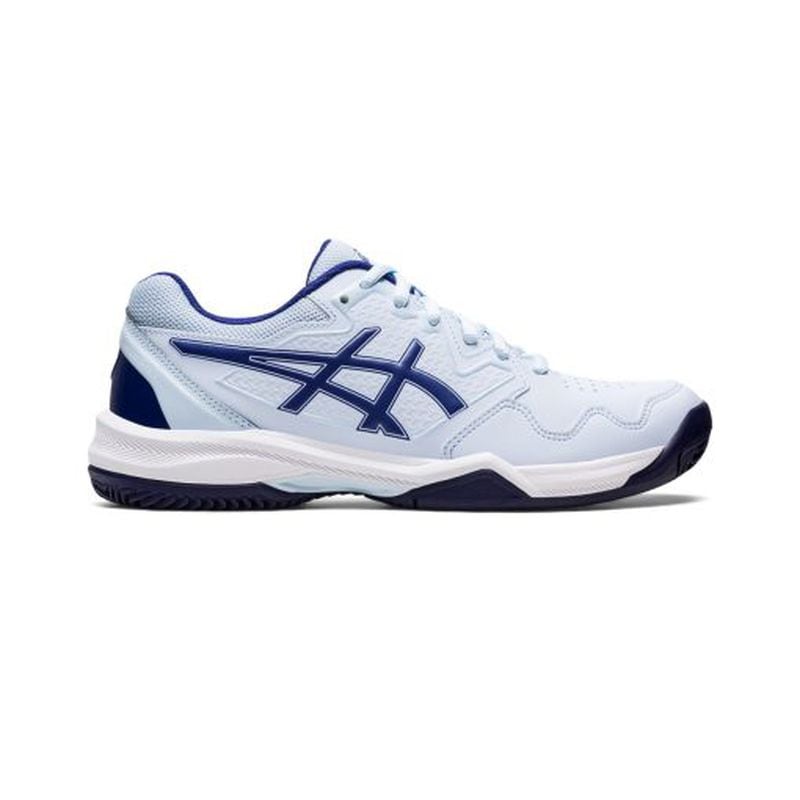
Those with an omni sole, also known as a dotted sole, offer better grip, since they have more space and depth between the reliefs, obtaining better friction with the surface. Connoisseurs say that this type of shoe is ideal for beginners.
There are also hybrid sole shoes, which usually have a herringbone front part and an omni back part.
Drop Shot Argon 2XTW padel shoe
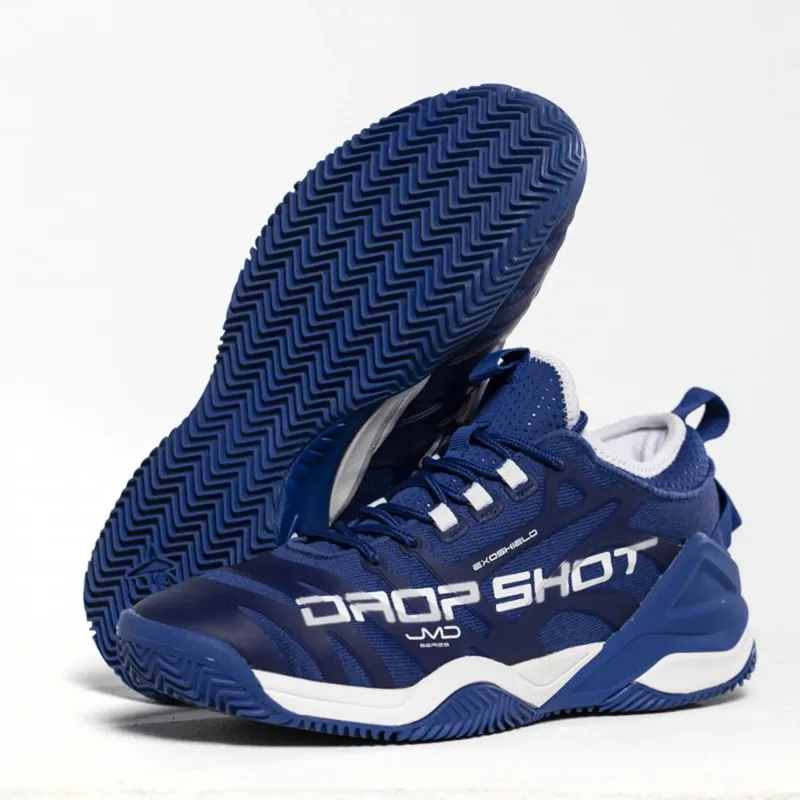
*Prices for products in this item are current as of October 21, 2022. Values and availability may change.
Source: Latercera
I’m Todderic Kirkman, a journalist and author for athletistic. I specialize in covering all news related to sports, ranging from basketball to football and everything in between. With over 10 years of experience in the industry, I have become an invaluable asset to my team. My ambition is to bring the most up-to-date information on sports topics around the world.


